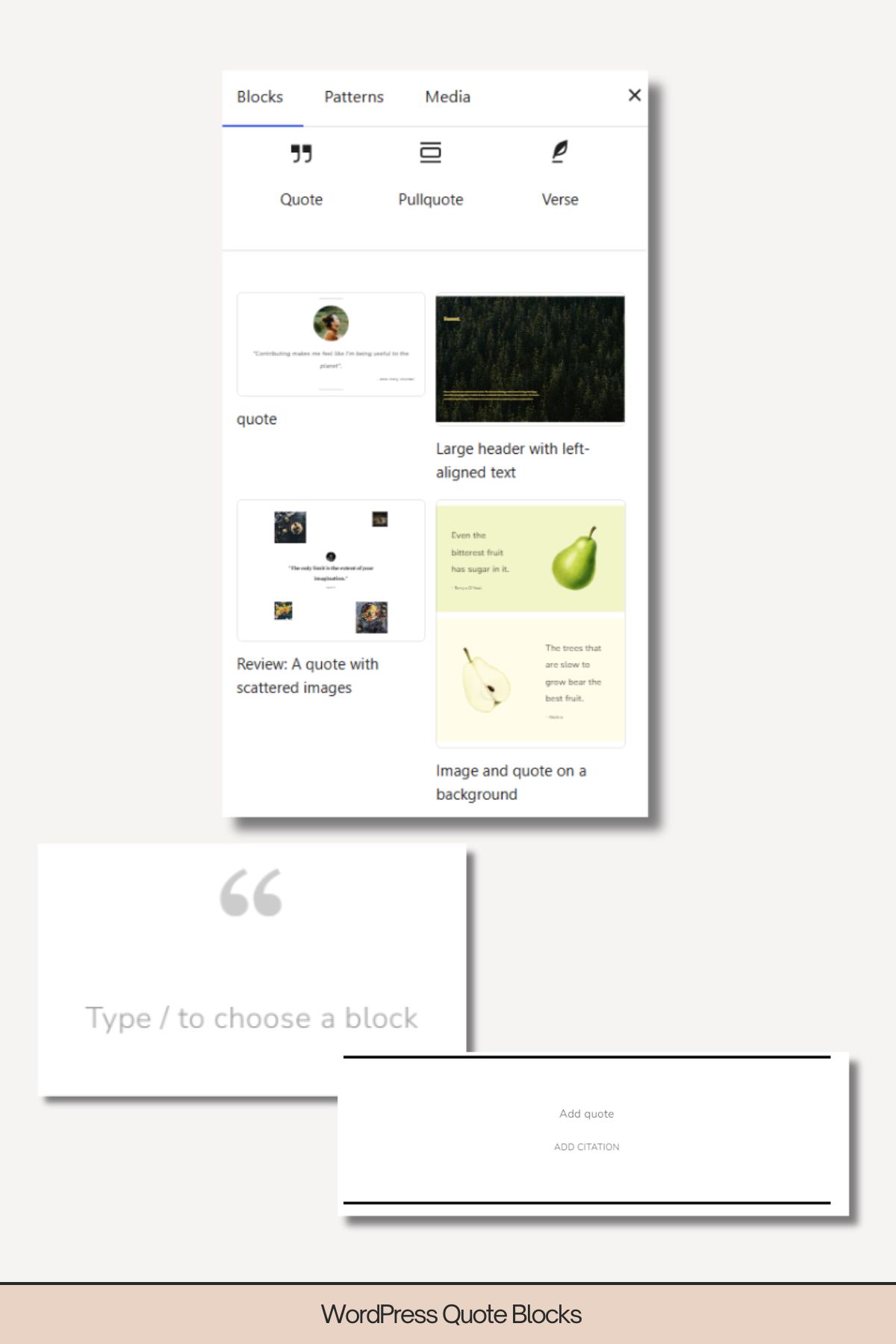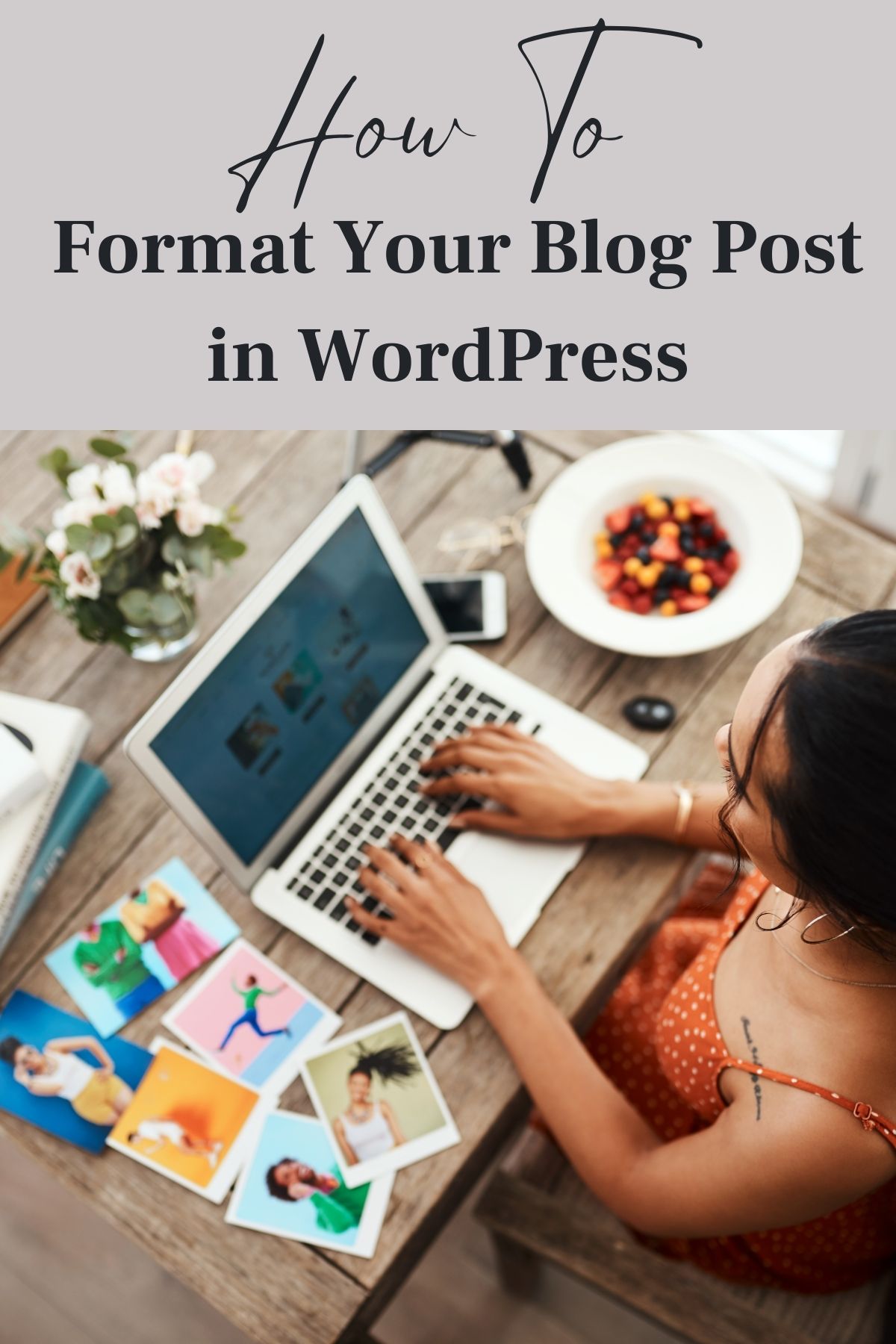Formatting your blog post properly makes a huge difference to how easy it is to read – and how professional it looks. If you’ve ever clicked onto a blog and seen a wall of text, you’ll know how quickly that can put you off. The good news is WordPress gives you all the tools you need to make your posts clear, readable, and engaging.
Here’s a simple guide to formatting your blog posts in WordPress.
Use Headings to Break Up Text
Headings (H2, H3, H4 etc.) are your best friend when it comes to structure.
- H1 is the title of your post – WordPress automatically assigns this, so you don’t need to add it again.
- H2 headings should be used for your main sections.
- H3 and lower can be used for sub-points if needed.
Clear headings make your post easier to scan and also help with SEO.
Keep Paragraphs Short
Online readers prefer shorter paragraphs – ideally 2–4 sentences. Breaking up text makes it less overwhelming and keeps people scrolling.
Add Images Where Relevant
Images can help illustrate your points and give the reader a visual break. Make sure to:
- Use clear, relevant images.
- Add alt text for accessibility and SEO.
- Keep file sizes small so your site doesn’t slow down.
Use Lists for Easy Reading
Bulleted or numbered lists are great for making key information stand out. They’re quick to read and perfect for instructions, tips, or step-by-step guides.
Highlight Important Points
You can use bold text to highlight keywords or important sentences. Italics work well for quotes or emphasising a thought.
Don’t overdo it though – too much bold or italic can look messy.
Add Links
Internal links (to other posts or pages on your site) keep readers on your blog longer and boost SEO.
External links (to helpful resources) can add value and credibility.
Always set external links to open in a new tab so readers don’t lose your site.
Use the Block Editor Features
WordPress’s block editor makes formatting simple:
- Quote blocks are great for highlighting key messages.
- Columns let you present content side by side.
- Buttons can be used for calls to action (like joining your mailing list).
It’s worth playing around with the blocks to see what works best for your style.

Don’t Forget Readability
Finally, before you hit publish, read through your post as if you were a first-time visitor.
- Does it flow naturally?
- Is it easy to skim?
- Are headings, lists, and images breaking up the text?
If the answer is yes, you’re good to go.
Final Thoughts
Good formatting makes your posts more enjoyable to read and keeps your audience engaged. It also helps with SEO and gives your blog a polished look. The key is to keep things simple, clear, and consistent.


